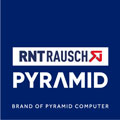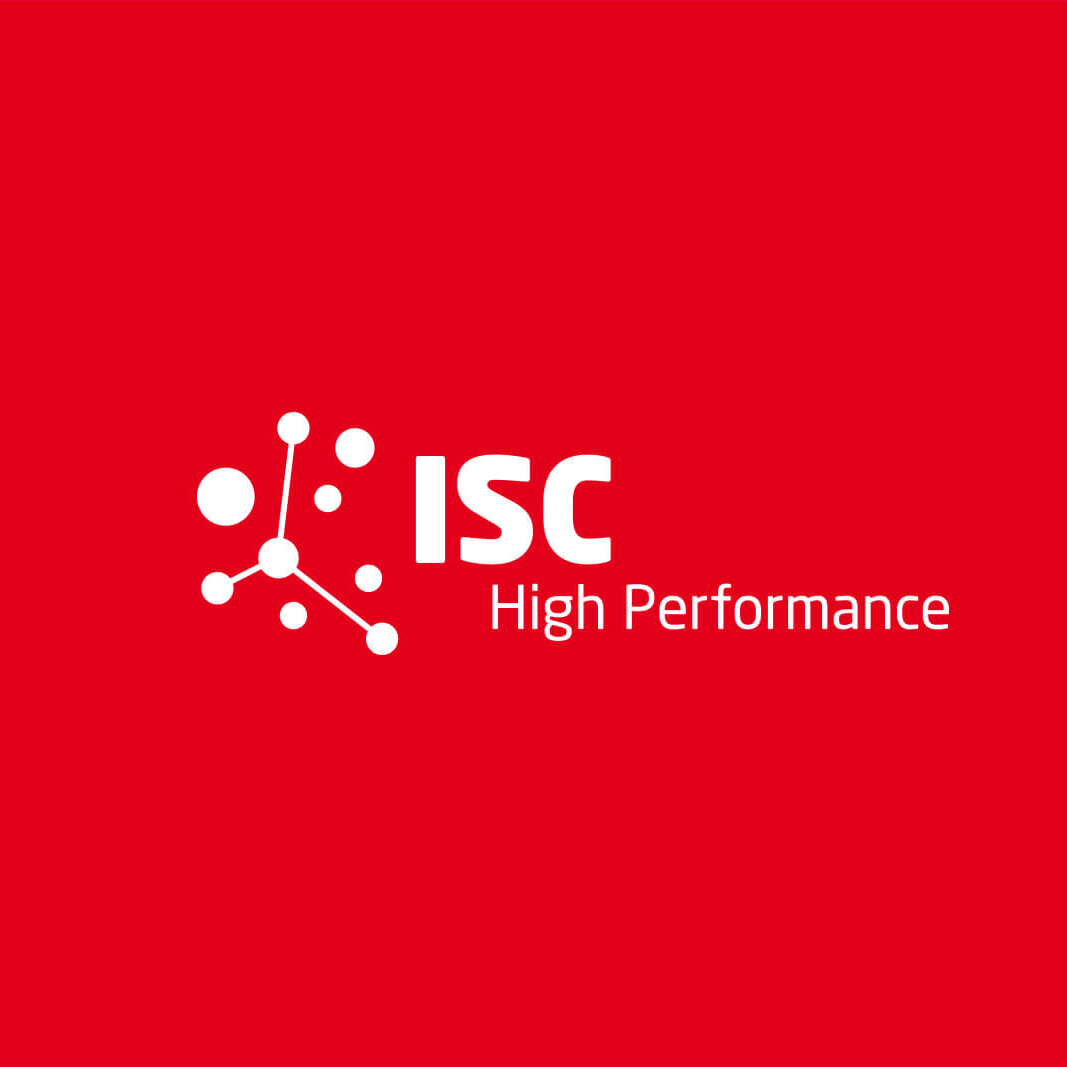Digital sovereignty is one of those terms that circulates at conferences and in political strategy papers. But anyone who thinks it is merely a buzzword for Sunday speeches is sorely mistaken. Since the US government imposed sanctions on senior officials of the International Criminal Court and, in the process, instructed Microsoft by decree to block their email accounts, it has become clear: digital sovereignty is a fundamental prerequisite for corporate freedom and business continuity. It is a strategic factor that ensures control over data, processes, and your own infrastructure.
But what exactly does digital sovereignty mean? Why is Europe struggling with it – and what can companies do today to free themselves from the grip of US tech giants? We guide you through the opportunities and pitfalls on the path to digital independence and show how you can reclaim control today with the right strategy.
Digital sovereignty: more than a buzzword
Let’s set aside the complicated academic definitions for a moment. At its core, digital sovereignty is the ability to exercise self-determination in the digital realm. It is the freedom for states, companies, and citizens to make their own decisions about digital infrastructure—without being dependent on or vulnerable to external influences and legislation.
This self-determination extends across three crucial levels:
- The physical level: Who controls the data centres, servers, and cables? This is the physical foundation of our digital activity.
- The code level: Which software, operating systems, and algorithms are we using? Do they run on transparent, customisable code (open source) or a proprietary black box?
- The data level: Where is our data stored, who can access it, and under which legal framework is this access governed?
Digital sovereignty does not mean isolation or digital autarky. Europe will not suddenly start producing its own microchips at scale or build its own Google from scratch. Rather, it is about strategic control—having real alternatives and avoiding one-sided dependence.

Short on time?
We've visually summarised this blog article just for you.
Browse through the PDF now to strengthen your resilience for the long term.
Wake-up call from The Hague: When geopolitics disrupts the cloud
In recent years, Europe has steadily expanded its digital infrastructure—often relying on services, software, and platforms from overseas providers. What was long considered efficient is increasingly proving to be risky.
The case of the International Criminal Court
When the US government imposed sanctions on the International Criminal Court (ICC), it did not stop at travel bans. One morning, IT administrators stared in disbelief at their screens—central Microsoft services were suddenly unavailable. The reason: a geopolitical conflict. A US company was executing an order from the US government—effectively taking a global legal institution partially offline.
The ICC case is a textbook example of digital dependency. It demonstrates that contractual assurances from US providers can be worthless in a conflict, if domestic legislation takes precedence. For any company relying on US cloud services, this represents an unpredictable risk. What affects the ICC could just as easily impact a European automotive supplier, a pharmaceutical company, or a financial services provider.
The CLOUD Act: the sword of Damocles over European data
The core legal issue is the US CLOUD Act of 2018. This law obliges American technology companies to hand over data upon the request of US authorities—regardless of where in the world that data is stored. Even if your data is hosted in a data centre in Frankfurt, a US court can enforce access as long as the provider is based in the USA.
This creates serious jurisdictional conflicts: European companies must comply with EU data protection standards such as the GDPR, while their US-based service providers are also subject to US law—a constant tightrope walk with legal, financial, and reputational consequences. It is now widely recognised in corporate boardrooms that the physical location of data alone no longer provides comprehensive protection.
Europe’s response: ambitious regulation, hesitant implementation
The EU has recognised the risk and is attempting to counter it with a range of regulatory initiatives. The European Commission has set the goal of strengthening digital sovereignty and making Europe more independent. Yet, a significant gap remains between political intent and reality.
EU digital regulations
- The General Data Protection Regulation (GDPR) of 2018 was the first major step, setting a new global standard for personal data protection.
- The Digital Services Act (DSA) and Digital Markets Act (DMA) aim to break the market power of major “gatekeepers,” curb unfair competition, and strengthen user rights.
- With the new Data Act, the EU seeks to create a fair and secure digital space. The regulation is intended, for example, to facilitate switching between cloud providers and prohibit abusive contractual clauses.
The reality lags behind: Why implementation stalls
These and other regulations are important—but in practice, they often remain paper tigers. They define how data should be used but do not create tangible alternatives. As long as the underlying infrastructure is dominated by non-European providers, laws can only partially reduce factual dependency.
The figures are sobering. The three major US hyperscalers—Amazon Web Services (AWS), Microsoft Azure, and Google Cloud—together control around two-thirds of the global cloud market (as of 2025, source: Synergy Research Group). Their dominance in Europe is similarly strong. Vendor lock-ins threaten: companies that are deeply integrated into proprietary technologies are tied to a single provider by high switching fees (egress fees). Exiting becomes so expensive and complex that strategic dependence is effectively accepted.
According to a Wire survey from July 2025, only 16% of decision-makers in politics and business believe Europe will achieve its sovereignty goals within the next five years. The reasons are varied:
- User resistance: Teams are accustomed to tools from Microsoft, Google, and others. Any change requires effort and is often perceived as cumbersome.
- Complex integration: European alternatives often cannot be seamlessly integrated into existing ecosystems dominated by US software (e.g., Microsoft 365).
- Lack of awareness: Many executives are simply unaware that capable and competitive European providers exist.
- Entrenched contracts: Long-term licensing agreements and proprietary data formats make a rapid switch impossible.
The way forward: Taking digital sovereignty into your own hands
Those who wait for political action lose time and remain vulnerable. Companies that take digital sovereignty seriously and want to move away from the traditional public cloud model have several options today. Here’s an overview:
| Modell | Description | Advantage | Disadvantage |
| 1. Public Cloud with Additional Controls | Use of US hyperscalers, but with own encryption and access rules (e.g., Bring Your Own Key). | Full access to all provider features, high scalability. | No protection against the US CLOUD Act; the underlying risk of dependency remains. |
| 2. Sovereign EU Offers from Hyperscalers | Segregated areas of US providers operated by EU personnel (e.g., AWS European Sovereign Cloud). | Additional security and encryption options, familiar technology. | No guarantee that European customer data will not be disclosed to US authorities; often more expensive. |
| 3. Joint Ventures with EU Partners | US technology operated by a European company (e.g., “Bleu” with Microsoft). | Stronger legal protection, as the operator is an EU company. | Often delayed availability of new features; complex contractual and dependency structures. |
| 4. Purely European Providers | Cloud providers headquartered and operated in the EU, subject to EU law. | Maximum data sovereignty: no access under the CLOUD Act. Legal clarity and stability: GDPR-compliant by design. | Market and portfolio are still developing, though many hyperscalers already offer extensive and highly capable services. |
Conclusion for companies: Additional controls and self-managed encryption may improve security, but they do not solve the core jurisdiction issue. Hyperscaler “sovereign clouds” are somewhat better than standard offerings, yet the term “sovereign” is largely marketing-speak given the US CLOUD Act. Joint ventures with EU partners are a promising but complex option—well-suited for large corporations and the public sector, but often too cumbersome for SMEs. The most effective path for SMEs is transitioning to a European infrastructure—it is the safest and most direct way to regain control over your own data and processes.
Europe’s IT infrastructure: a sleeping giant
What many underestimate: Europe’s digital infrastructure is far more robust than it appears. More than 2,000 data centres form a strong backbone for independence, resilience, and innovation. Yet, the crucial link is often missing: the data centres frequently operate in isolation, slowed down by a patchwork of differing standards.
The future lies in a connected, decentralised cloud architecture that consolidates these capacities. This not only increases reliability but also enables high-performance edge computing scenarios, where data is processed closer to its point of origin.
In the storage domain, the S3 API has become the de facto standard. This represents a huge opportunity: “S3-compatible” means your applications can communicate with the storage, whether it is hosted by Amazon, in your basement, or in the IT centre of a European company. The S3 interface makes the storage provider interchangeable, breaking the direct vendor lock-in.
The storage architecture of the future: Object Storage as the key
Digital sovereignty requires the right technological foundation. Especially in the era of AI and big data, storage infrastructure becomes a decisive factor. Companies must have access to large, scalable, and secure storage solutions to remain competitive. Object Storage bridges the gap between performance, affordability, and data sovereignty.
RNT: Object Storage solutions “Made in Germany”
RNT Rausch offers the Immutable Yowie® Hybrid Cloud Storage product family—a powerful and scalable object storage solution with native S3 interface, designed to meet the data protection and storage requirements of modern businesses. “Made in Germany” stands not only for server location but also for maximum control and independence in handling valuable corporate data, modern applications, and the latest AI workloads.
With Yowie® Hybrid Cloud Storage, you gain:
- True Data Sovereignty: Your data remains secure in Germany and is subject to the GDPR as well as strict German data protection laws.
- Seamless S3 Compatibility: Integrate our solutions effortlessly into your existing workflows and AI frameworks.
- Effective Ransomware Protection: Features such as S3 Object Lock make your data immutable and protect it from tampering.
- Flexible Scalability: Is your company growing? Yowie® grows with you! Storage limits are no longer a concern.
The modular structure of Yowie® ensures you can implement a storage strategy that fits your company’s needs. The product family consists of three pillars: appliances for on-premise use with capacities from 2 to 150 TB, the Yowie Data Platform as a scalable object storage cluster in your own data centre or with a provider, and Yowie Deep Archive for cost-effective long-term storage directly from S3 to tape. This makes the solution flexible and adaptable to your requirements.
Marco Prutky, Product Manager Server & Storage at RNT
Conclusion: Digital sovereignty is a conscious choice
Europe’s digital sovereignty is not decided solely in Brussels. It is shaped in the IT departments and boardrooms of companies. With a presence in the EU, you can take your own steps to minimise risks and secure your operational freedom. The technologies, infrastructure, and European providers are already available.
It is time to recognise your IT strategy as a strategic foundation for long-term resilience and competitiveness. By investing now in sovereign infrastructures such as S3-compatible object storage, you not only protect your data but also lay the groundwork for future innovations—from AI applications to new data-driven business models—without falling into the next dependency.
Analyse your dependencies, assess the risks, and take the initiative! The future of your company in the digital realm is too valuable to leave to the interests of others.

Patricia Hillebrand
Technical Alliances Manager , RNT Rausch GmbH
Know-how about digitalisation, servers and storage

NIS2 made easy: Immutable storage contributes to compliance
The new NIS2 Directive presents companies with the challenge of enhancing their cybersecurity measures and ensuring data integrity. With immutable storage, businesses can ensure that critical data is permanently protected and cannot be altered. This technology not only provides increased security but also meets the stringent requirements of NIS2.
Discover how immutable storage can help your company comply with the directive while safeguarding your sensitive information.
Custom IT solutions for future-proof IT infrastructure
A one-size-fits-all approach simply doesn’t work when organizations have…
Big Data management for SMBs and SMEs
‘Big Data’ and the ‘uncontrolled growth of data’ – these buzzwords/phrases…
ISC High Performance
May 12th- May 16th, 2024 Come and see us in Hamburg at the event for…
SSD, HDD, NVMe and MACH.2: the truth about modern storage technologies
SSD, HDD, NVMe or MACH.2? Discover the differences, benefits and use cases of…
Successfully implementing AI:
Understand the challenges, seize the opportunities
AI is transforming the business world. However, successfully implementing AI…








